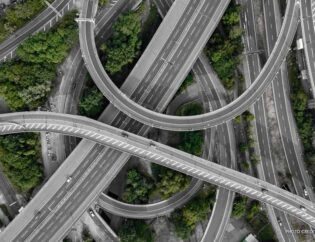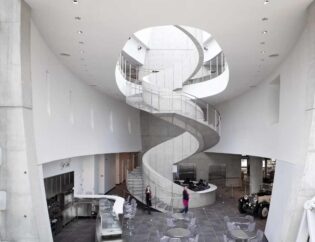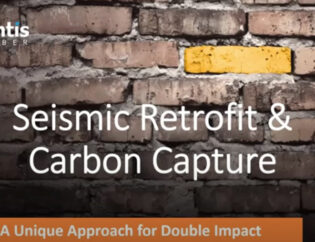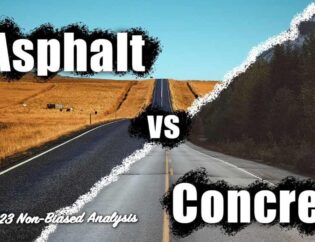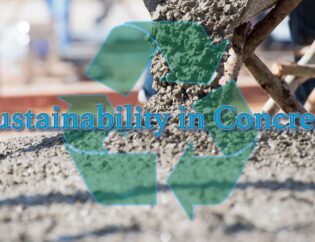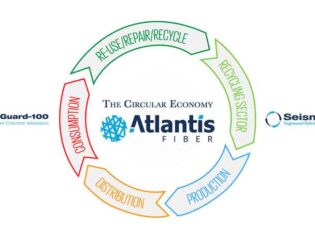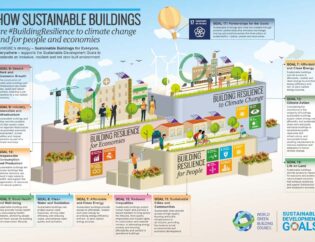
LafargeHolcim has signed a net-zero pledge for CO2 emissions by 2030 with the United Nations-backed Science Based Targets initiative (SBTi).
Original Article By Liam McLoughlin at AggBusiness.com | September 22, 2020
 LafargeHolcim has pledged to increase the use of recycled materials in its products and processes
LafargeHolcim has pledged to increase the use of recycled materials in its products and processes
The company has joined the SBTi “Business Ambition for 1.5°C,” and says it is the first global building materials provider to sign the pledge with intermediate targets for 2030, validated by SBTi. It adds that this commitment builds on its green construction solutions including ECOPact concrete and Susteno circular cement.
In its 2030 goals, LafargeHolcim is further lowering its target for CO2 intensity in cement to 475kg net CO2 per ton of cementitious material (net CO2/t.cem). Europe is on track to become the first region to reach this net-zero ambition, building on its €148.51m (CHF160m) investment roadmap launched last year.
LafargeHolcim is also partnering with SBTi to develop a roadmap for aligning climate targets to a 1.5°C future in the cement sector.
By 2030, LafargeHolcim says it will:
- Accelerate the use of low-carbon and carbon-neutral products such as ECOPact and Susteno;
- Recycle 100m tons of waste and byproducts for energy and raw materials;
- Scale up the use of calcined clay and develop novel types of cement with new binders;
- Double waste-derived fuels in production to reach 37%;
- Reach 475 kg net CO2 per ton of cementitious material (net CO2/t.cem);
- Operate its first net-zero CO2 cement production facility.
In addition to its pledge to reduce scope 1 and scope 2 emissions, LafargeHolcim will expand its actions to include scope 3 emissions. The company says this holistic approach will reduce its transportation and fuel-related emissions by 20%.
Magali Anderson, LafargeHolcim’s chief sustainability officer, said: “As the world’s largest cement producer, we have a key role to play in addressing today’s climate crisis. On our way to becoming a net-zero company, we are not only part of the solution, but we are also committed to supporting our customers in their CO2-reduction ambitions.”
LafargeHolcim adds that it will also accelerate circular construction by increasing the use of recycled materials in its products and processes while recovering materials at the end of their life cycle. In 2019, the company recycled 48 million tons of waste.
The company says it will use the coming decade to develop and deploy advanced technologies, preparing the next step of its net-zero journey. This includes piloting over twenty Carbon Capture Usage and Storage (CCUS) projects across Europe and North America.
If you are looking to go net-zero in your next project, we can help — start here and tell us about your plans.
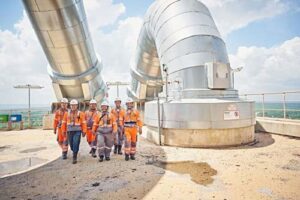 LafargeHolcim has pledged to increase the use of recycled materials in its products and processes
LafargeHolcim has pledged to increase the use of recycled materials in its products and processes